We all like to travel, and some of us, at some point, don’t want to leave our bikes behind. This is where learning the best way to ship a bike is essential. You may be an entrepreneur trying to get a bike order to a client overseas or sending it as a gift to a loved one.
And while this may seem like a straightforward thing, the process of sending a bike can prove to be complicated. Why? The bicycle has an unusual form and structure. So it can pose a lot of questions.
If you buy something using links in my stories, I may earn a commission. This helps support this website. Learn More.
Travel Bike Case
These boxes are one of the safest ways to ship your bike. They are a little pricey, but they are worth it. With a travel bike box, you don’t need to do any of the padding that I recommend in this article. You can pull it on rollers that are attached to the case. You can use it for years of flying.

Provided by Amazon
Cost: See Price on Amazon
Even though it’s time-consuming and pricey, it will be worthwhile when you consider the potential for damage to a bike in transportation, such as distorted frames, broken seat tubes, and twisted dropouts. In other words, there is no getting around it! To ship a bike safely and effectively, you must know the essentials of doing it with ease.
Below is a comprehensive guide that will aid in your shipping procedure. Let’s plunge in and discover whatever it is you’ll require in the process.
Shipment Method Selection
You have two choices whenever it concerns sending a bike: a standard shipping company or a bike-shipping expert. Prices fluctuate frequently, so do your homework prior to reaching a choice.
Examine your bike if you’re flying. Ask your flight for particular procedures and to see if there are any additional expenses. There are a variety of container options as well. Shipping companies sell Bicycle-specific boxes and packaging.
Inquire at your local bike shop if they have any spare shipping boxes or packaging supplies. If you intend to ride your bike a lot, a bike backpack or case can be a good investment.
Think about spending a little less to safeguard your bike, whatever delivery method you choose. While most providers will not pay for damage caused by incorrect packaging, some provide a premium insurance package if your bike is damaged while in transit.
This will give you some peace of mind as you wait to reunite with your bike. So do the right thing for your bike, and you’ll be a happy person by the end.
Bike Preparations
You may prefer to dismantle some items based on your shipping service to safeguard delicate parts. To protect each section of your bike, execute the steps outlined below.
Frame And Fork
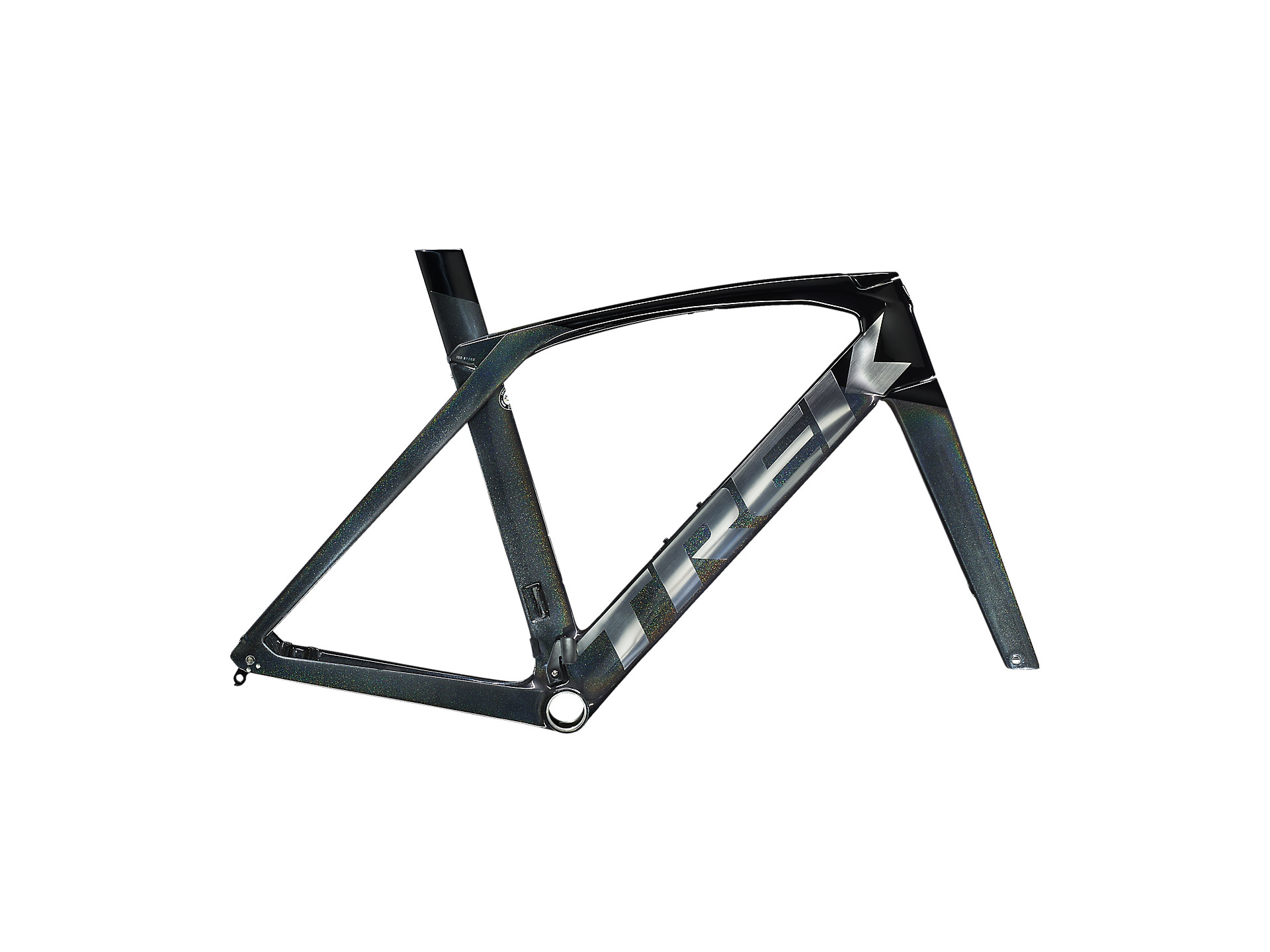
Provided by Trek
Your bike’s frame is in danger of being damaged during disassembly or transportation. To avoid this, add some extra padding with a coating of foam pipe insulation.
Covering tubes with foam cushioning and securing them with tapes or zip ties will help you preserve your coat of paint. Thin tubing can be made more durable by adding another layer of paper or foam.
Saddle, Seatpost, And Pedals

Provided by Selle
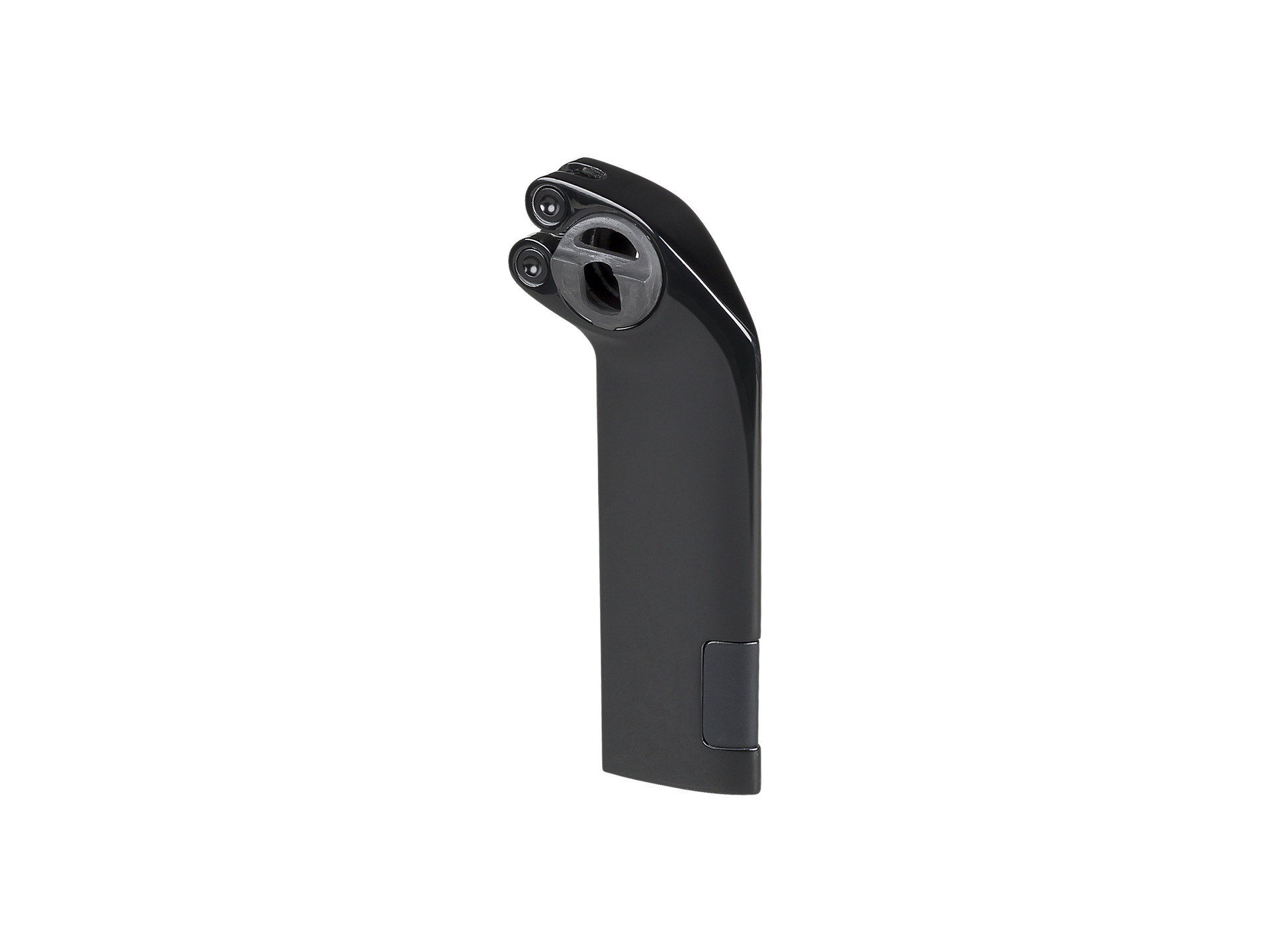
Provided by Trek
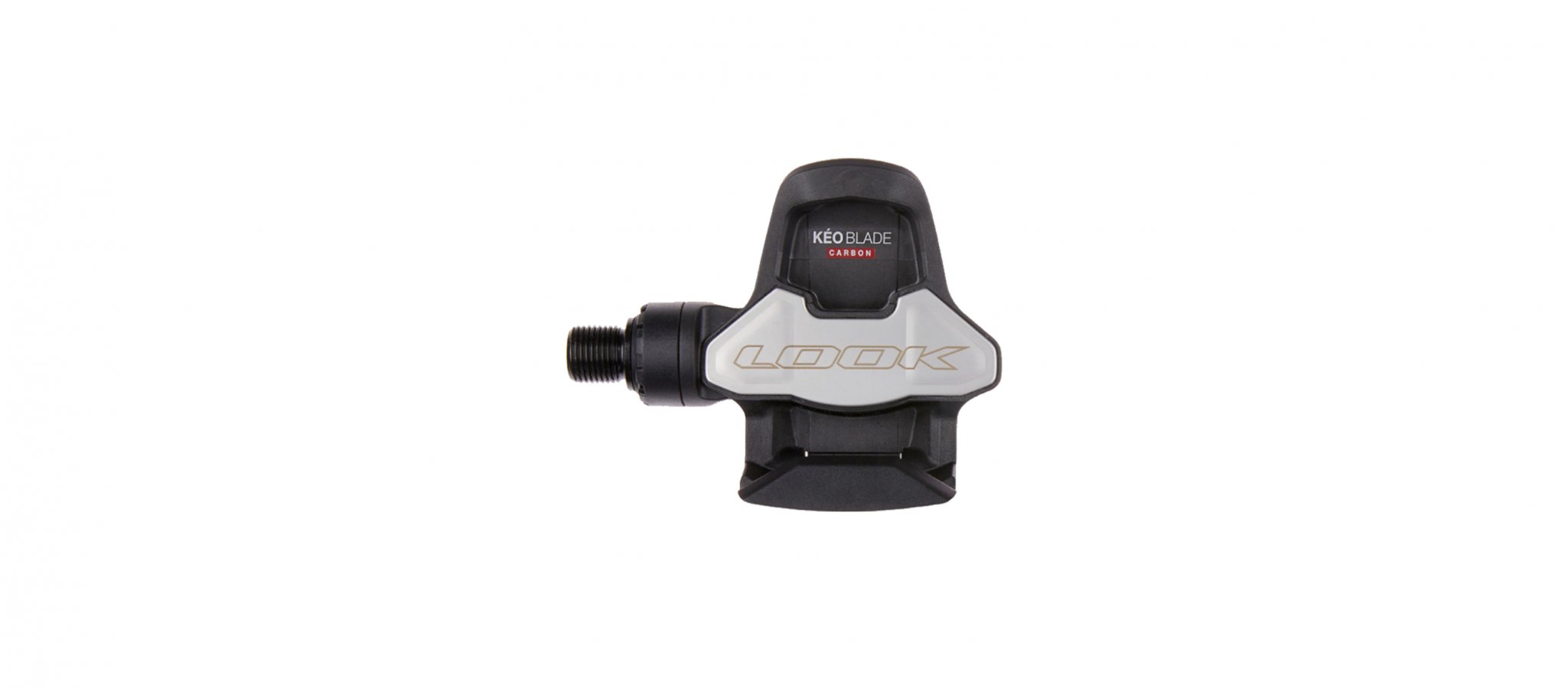
Provided by Look
Dismantle the pedals, seat, and seat post with a pedal spanner. Set them aside, enclosed by bubble wrap. The objective is to get your bicycle as limited and low as practical with the goal that it won’t distend through the fenced-in area.
Handlebars, Stem, and Levers
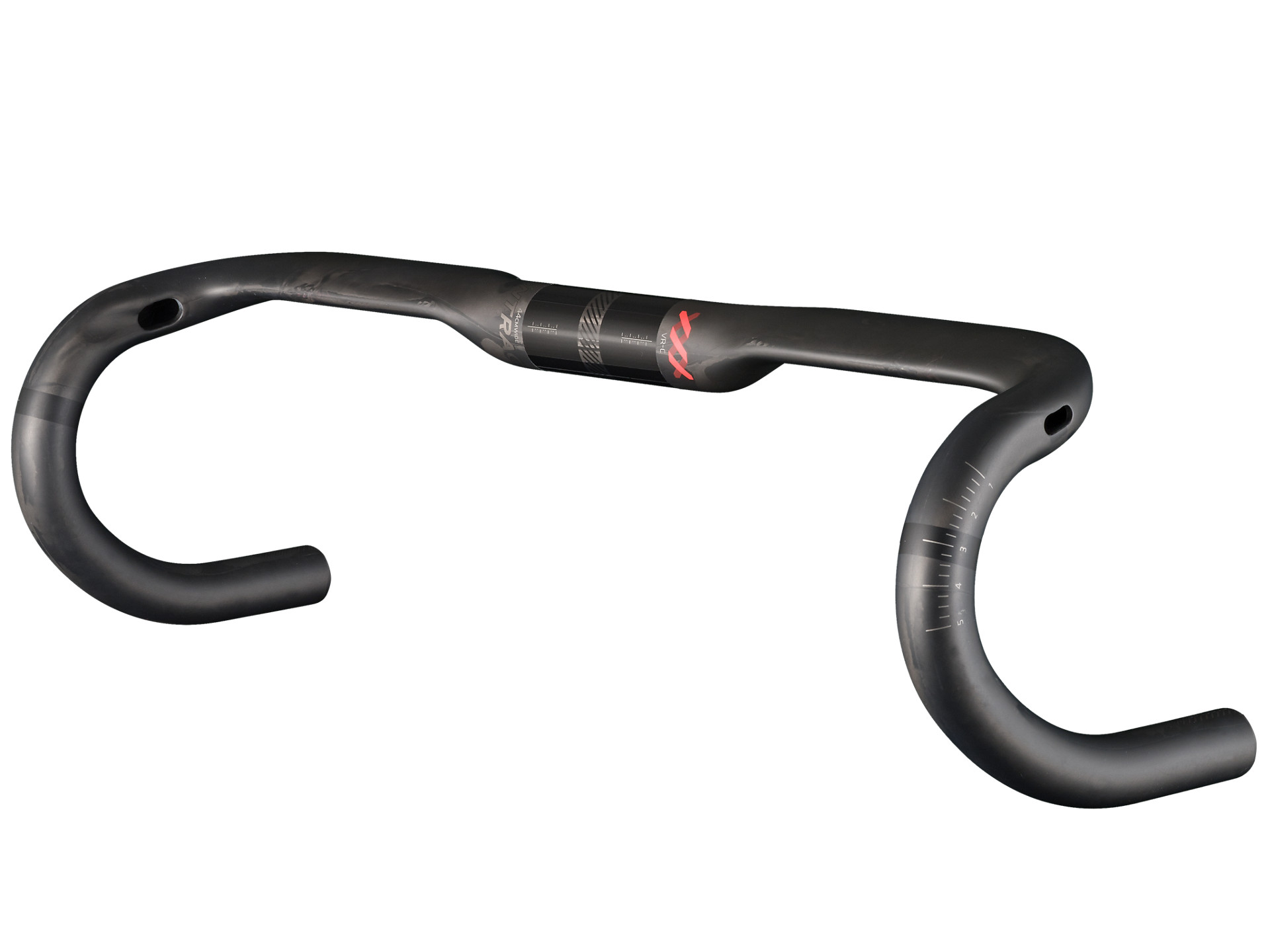
Provided by Trek
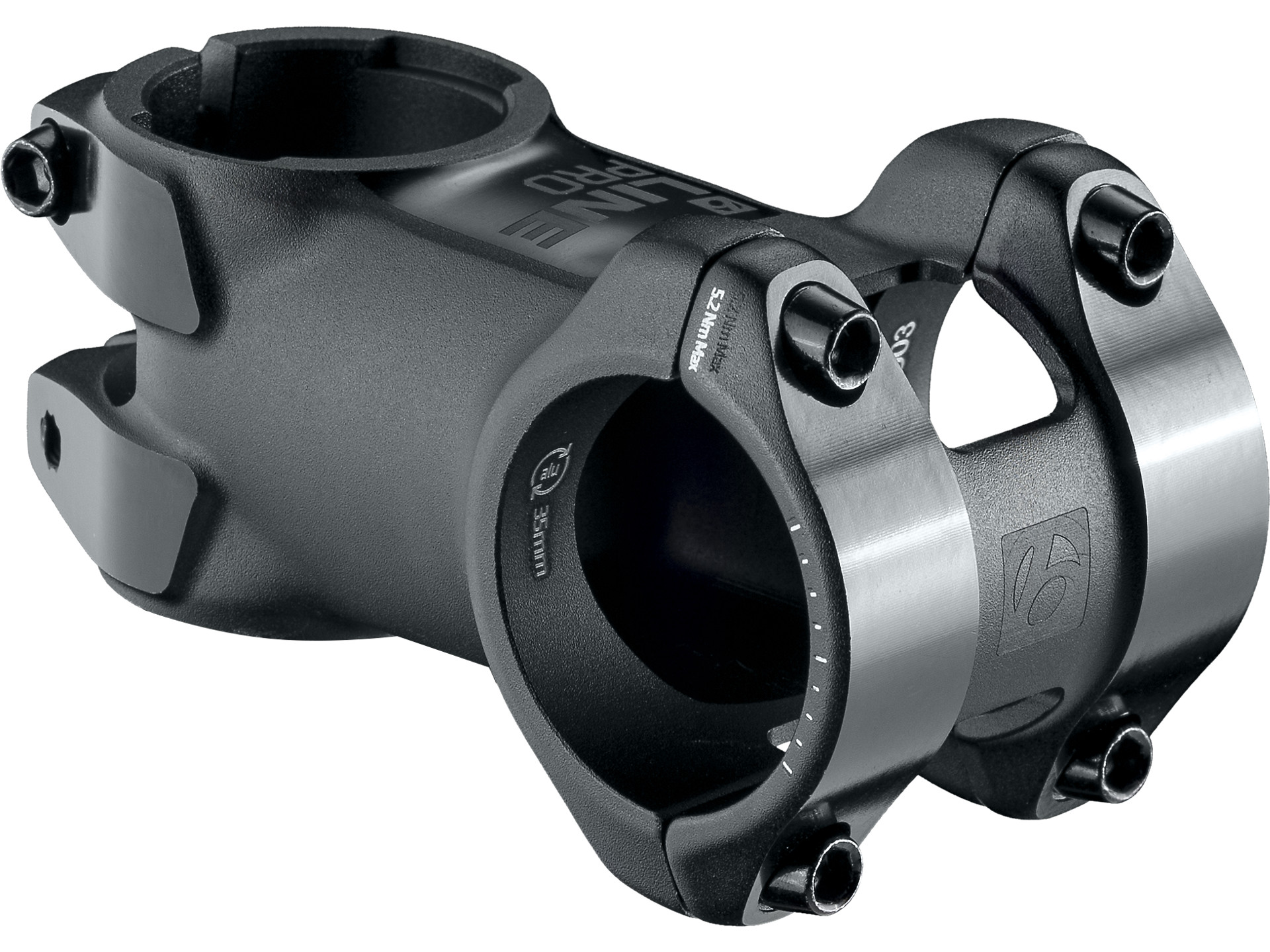
Provided by Trek
To coincide your bars with your bike’s frame, loosen them and twist them, or detach the front and put it perpendicular to the top tube.
To prevent any touch with the walls of your bike shipment box, ensure the braking controls face inwards. Tape or zip tie the bars to the top tube of your bike to secure it in place.
Wheels

Provided by DT Swiss
Always take off the front wheel. Several bike shipping crates can hold a bike with the back wheel intact, so you don’t have to dismount it. Utilize foam and bubble wrap to cushion the wheel or a cushioned wheel cover.
Disconnect rotators, thru-axles, and skewers and cover in foam or bubble wrap. Encompass the cassette on the back wheel with foam or cushioning, and attach brackets over the axle ends on both tires, or you can use a bubble wrap.
Rear Derailleur and Hanger
Secure the derailleur and hanger in thick cushioning after removing them. They should be zip-tied or taped within the frame.
Disc Brakes
Since the wheels are now off, employ a pad splitter to keep the disc brake pads apart.
Disconnect any calipers that protrude past the bike’s rear dropout cushion, and secure them to the frame’s interior.
When the fork is spun, this prevents them from being ruined or piercing through the box. It also adds some leeway to the wires, allowing the handlebar to be level to the top tube.
To preserve the safety of the hardware, cover the caliper mount in mailing tape and put it with the pedals in your small parts package.
Dropouts
In order to protect the fork from being squeezed, place a spacer between each of the fork dropouts.
All of the following are excellent possibilities for spacers:
- Tubing with a dimension of 12″ fastened with a skewer or a thru-axle
- Manufacturers’ taped-down plastic spacers
- Hubs from the past
- Axles with threads and nuts
Collapse the Tyres Slightly
The rims might be harmed if your tires are completely flattened. To ensure this doesn’t happen, guarantee your tires are just relatively packed with the goal that the edges are secured. Hold the chain on the ring to avoid damaging the teeth.
Step by Step Instructions to Pack a Bike For Shipping
You must choose between shipping whole or dismantled bicycles when determining how to ship a bike.
Dismantling your cycle decreases the risk of harm and tends to minimize the volumetric weight, lowering the shipping charges. Conceivably, you’ll need to check with your delivery company whether they transport convened bikes and what the costs are.
A few transporters will not move your bicycle assembled, and you probably won’t have the option to find a bicycle shipping bundle that will fit it.
Outlined below are some tips to help you pack your bike correctly;
- Look for a box designed for your bike’s model. Try to receive the package for free if at all possible. If the bike shop doesn’t have any, you may buy one online for a reasonable price.
- To decrease the effect of blows during transportation, seal the base of the box in bubble wrap, paper, or packing peanuts.
- Pipe insulation can be purchased from a hardware store or online. This foam sheet can be wrapped over your bike’s frame to safeguard it from harm while being hauled. Slice the foam insulation to the same size as the lengths of the various elements of your bike’s frame.
- Apply bubble wrap around your wheel, bars, and pedals. Tape the wraps together and set them aside. Any visible elements of your bike should also be covered with any remaining bubble wrap.
- First, pack the frames and back wheel into your bike shipment box. Gently slide the remaining parts inside the shipping container, as near to the frame as feasible.
- Add multiple layers of tape to all of the openings on the box. You’re through packing your bike when you are confident that the package is safe.
Price of Shipping a Bike
If you’re hoping to ship a bicycle, the expense will change contingent upon the dispatch firm you pick, the travel speed, the weight and size of your shipment, just as the objective.
A shipping prices estimator will assist you in determining the safest alternative for sending a bicycle by comparing costs from several carriers.
Shipping a Bicycle: How to Conserve and Monitor It
If you certify your cycle on public transportation, you’ll be insured for any harm. An insurance policy will come in handy if you’re transporting a motorcycle internationally.
In this way, the possibilities of it becoming lost, misdirected, or conveyed to the incorrect destination are reduced. Watch your bike shipping closely to avoid any setbacks in getting your bike.
Your bike should be properly registered and documented before shipping overseas to avoid delays at the border and other difficulties.
Regardless of whether your cycle luggage is damaged or lost, the insurance will compensate you for the cost. A grievance must be filed with the courier, who will inform you of their decision.
Make sure you know the insurance and liability protection offered by potential carriers while speaking with them. This is critical for a high-value bike once again. Insurance or liability coverage is necessary for all operators, but the quantities and kinds of insurance vary significantly.
If your current carrier does not provide adequate protection, you can seek extra coverage, acquire comprehensive insurance from a third party, or switch carriers.
By all means, do the right thing for your bike. If you consider it unique, ensure you acquire the correct carrier and not be disappointed.
Bottom Line
The minute you understand the basics of shipping a bike, you’ll be in the clear to have that package delivered to the destination it’s supposed to go.
Shipping a bicycle isn’t that dissimilar from sending various products. The only difference is that you’ll have to dismantle some components and double-check that they’re well-padded and secured with bubble wrap or zip ties.
If you can do that, you already know how to ship a cycle!

